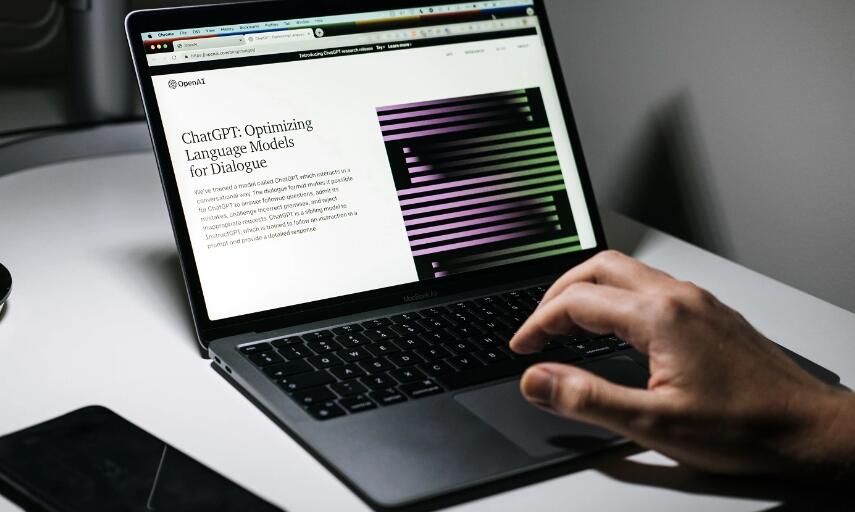
Nowadays, content creators face numerous challenges. From meeting deadlines to maintaining originality, the demands can be overwhelming. However, with the advent of AI content detection, content creators now have a powerful tool at their disposal. This article will explore how content creators can leverage AI content detection to enhance productivity and streamline their creative process.
1. The Growing Need for AI Content Detection
Plagiarism undermines content integrity and damages the reputation of creators and organizations. According to a study, approximately 82% of high school students admit copying someone else’s work. This alarming statistic highlights the need for robust measures to combat plagiarism and uphold originality.
AI content detection has emerged as a powerful solution to address the growing concern of content plagiarism. By employing advanced algorithms and machine learning techniques, AI content detection tools can identify instances of content duplication with remarkable accuracy and efficiency. These tools analyze text patterns, compare them against vast databases, and highlight potential matches, enabling content creators to verify the originality of their work.
2. Understanding AI Content Detection
To fully harness the benefits of AI content detection, content creators must understand how these tools work. AI algorithms analyze text by breaking it into smaller components, such as phrases, sentences, and individual words. These components are then compared to an extensive database of existing content to identify any similarities or matches.
Unlike manual plagiarism detection methods, which can be time-consuming and prone to human error, AI content detection provides faster and more accurate results. With the ability to process large volumes of text in seconds, AI tools significantly reduce the time and effort required for manual checks, allowing content creators to focus on their creative endeavors.

3. Enhancing Productivity with AI Content Detection
One of the key advantages of AI content detection for content creators is its significant productivity boost. By automating the plagiarism detection process, content creators can save valuable time and allocate their efforts to more meaningful tasks. With AI tools, content creators no longer need to manually compare their work with existing content, as the algorithms handle the detection process seamlessly.
Moreover, AI content detection promotes the concept of originality assurance. Content creators can have peace of mind knowing their work is unique and free from unintentional plagiarism. This assurance helps maintain their credibility and instills confidence in their audience.
AI content detection tools provide real-time feedback, highlighting potential areas of concern and suggesting improvements to enhance the originality of the content. By incorporating these tools into their workflow, content creators can iterate and refine their work more efficiently, resulting in high-quality, original content.
4. Optimizing SEO with AI Content Detection
Search engine optimization (SEO) drives organic traffic and maximizes content reach. AI content detection tools can be invaluable in optimizing content for SEO purposes. These tools analyze keywords, identify potential duplicate content, and provide insights on optimizing the content to improve search engine rankings.
By leveraging AI algorithms, content creators can gain valuable insights into keyword usage, search trends, and competitor analysis. This knowledge empowers them to create content that aligns with audience interests, incorporates relevant keywords, and stands out in search engine results pages.
Additionally, AI content detection tools help content creators identify duplicate content that could negatively impact their SEO efforts. By rectifying these issues and producing original content, creators can maintain a strong online presence and improve their chances of ranking higher in search engine results.

5. The Future of AI Content Detection
The field of AI content detection is continually evolving, and future advancements hold great promise for content creators. As technology advances, AI algorithms are expected to become even more sophisticated in detecting and analyzing content. This progress will result in improved accuracy, enabling content creators to identify even the most nuanced instances of plagiarism.
Integration with content management systems (CMS) is another area where AI content detection is expected to progress significantly. Seamless integration would enable content creators to access plagiarism detection tools directly within their CMS, streamlining their workflow and enhancing productivity.
Collaborative efforts between AI researchers, content creators, and organizations will further propel the development of AI content detection. By sharing knowledge, data, and best practices, stakeholders can collectively drive the evolution of AI algorithms and ensure the continuous improvement of content detection capabilities.
AI content detection has emerged as a game-changer for content creators, offering a range of benefits that enhance productivity and safeguard originality. By leveraging AI tools, content creators can streamline their workflow, save time on manual plagiarism checks, and optimize their content for SEO. These tools serve as reliable companions, helping content creators navigate the digital landscape with confidence.
As technology advances, AI content detection’s future looks promising. With improved accuracy, seamless integration with CMS platforms, and collaborative efforts, content creators can expect even more effective and efficient AI-powered solutions in the future. By embracing AI content detection, content creators can maximize productivity, ensure originality, and thrive in the digital age.



